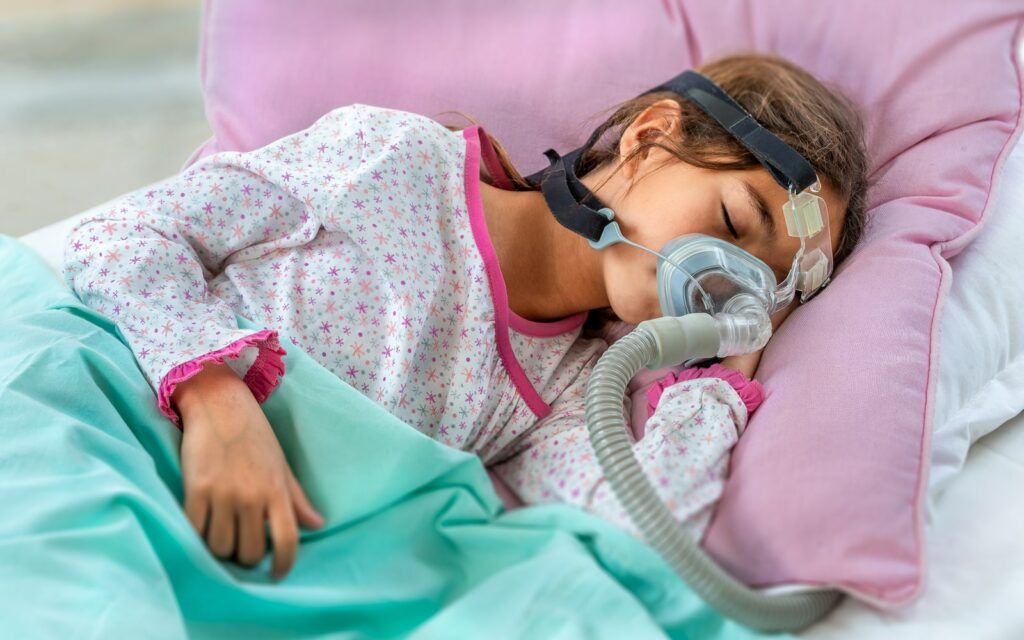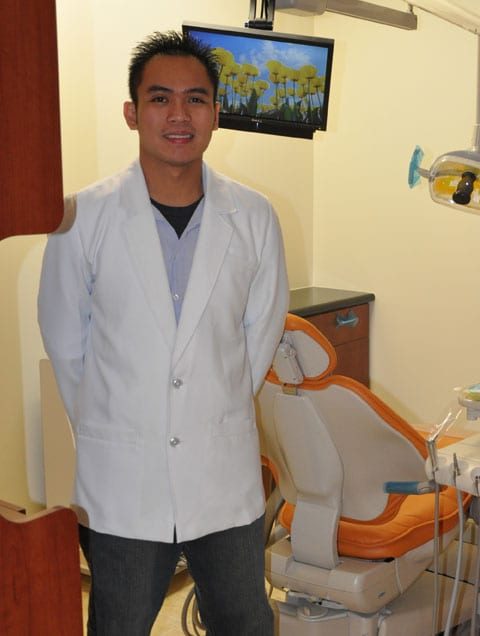Do you wake up at the start of your day feeling like you haven’t rested at all? Do you peer in the mirror and find tooth imprints on your tongue? Does your partner complain about your snoring? All of these are indicators that you may have a severe condition known as obstructive sleep apnea. Also known as OSA, or sleep apnea, this condition affects millions of people everywhere. Recent studies have revealed that tongue imprints may be a valuable indicator of cases of sleep apnea. In this study, the size of our tonsils, indentations found in the tongue, and tongue size were all relevant.
Discovering The Facts About Obstructive Sleep Apnea
The statistics regarding obstructive sleep apnea are staggering. Only in the most recent decades have we come to understand this condition and its scope. A worrying one out of ten women lives with sleep apnea. Even more concerning? The statistics for men rate nearly one out of four. Those suffering from this condition live with fragmented sleep during which they stop breathing. This problem can happen multiple times per hour and last for up to ten seconds. The results of these episodes are broken sleep, fatigue, drowsiness, irritability, and more. Over time sufferers become at heightened risk of hypertension, heart disease, stroke, and more.
Other helpful information about OSA includes:
- Indentations in the tongue are helpful for diagnosis
- One out of five women with sleep apnea snore
- Eight out of ten men with sleep apnea snore
- One indicator is the size of the tonsils
- Those who are obese are more likely to experience OSA
- Getting an accurate OSA diagnosis can be challenging
- Persistent fatigue is a complaint heard from many sufferers
There are multiple ways that your provider may diagnose this condition. Visual evidence, such as indentations in the teeth, is helpful but not conclusive. Increased instances of dry mouth, reports of lasting fatigue, and enlarged tonsils also provide clues. Using these indicators, your dentist may decide a sleep study would be appropriate.
Sleep studies are the most reliable and proven method of diagnosing sleep apnea. It begins with an overnight visit to a specialized laboratory. While there, the technician will observe respiratory efforts, muscle activity, airflow, blood oxygen levels, and other data. When taken together, this data will provide a clear picture of the patient’s sleeping habits. The results can guide your physician in providing effective treatment options. Typically you will do a second visit if sleep apnea is confirmed. During this visit, the technician will calibrate the CPAP machine to find the appropriate pressure levels.
Do You Suspect You Have Sleep Apnea? Take Action Now
If you’ve read the above and determined you may be experiencing sleep apnea, it’s time to take action. Those patients who have sleep apnea report incredible quality of life improvements after getting treatment. They are more alert, think more clearly, and have more energy to see them through the day. Even more importantly, their risks of health complications begin to drop dramatically with treatment. Reach out to your dentist to discover if treatment for sleep apnea can improve your life.












